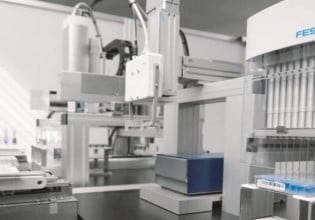A
I have some question about protection of blocks (FCs, FBs and OBs in SIMATIC Manager) in step 7. Please guide me.
what is the cause of block protection?
have siemens ever authorized the Professional programmers about protection (unprotecting)?
Can I unprotect these blocks by means of a database, and is this permitted by the company?
what is the cause of block protection?
have siemens ever authorized the Professional programmers about protection (unprotecting)?
Can I unprotect these blocks by means of a database, and is this permitted by the company?






